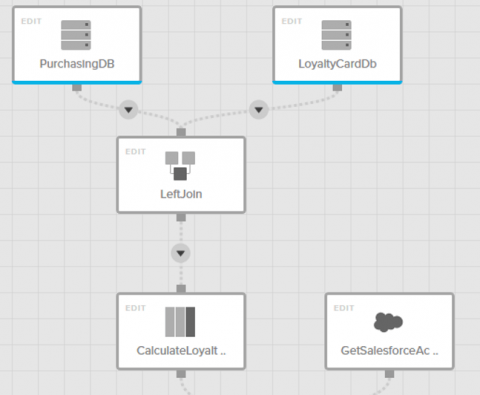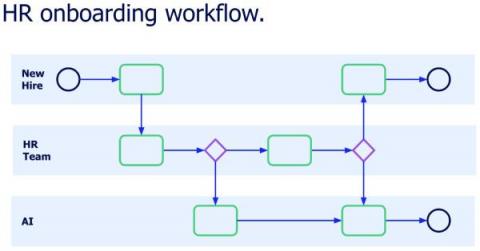Systems | Development | Analytics | API | Testing
Low Code
Low code test automation - how to download and upload a project in AutonomIQ | Sauce Labs
Low code test automation - how to create a project (short) | Sauce Labs low code testing
Low code test automation - how to create a project in AutonomIQ (long) | Sauce Labs low code testing
Insights from Deloitte: Streamline Cloud-to-Cloud Appian Migrations
Cloud-to-cloud migration can be an expensive, cumbersome, and overwhelming process with no guarantee of success. Yet, moving data from cloud to cloud is becoming more and more common in the public sector as operations are being migrated to the cloud more completely. Factors like complexities in environments, sheer volume of historical data, and application nuances can greatly impact the success or failure of a cloud migration effort.
What is ESG and How Can Businesses Manage It?
Environmental, social, and governance (ESG) is a framework used by businesses, investors, and consumers to determine how conscious an entity is with respect to those three concepts. Consumer awareness paired with an increase in government regulation have shifted businesses’ priorities. For many large corporations, ESG now tops the list. Today’s consumers want to know where their products and services come from and that the companies behind them operate with ESG factors in mind.
What is a Workflow?
When we talk about technology, we should try to do it in the simplest possible terms. But while we hear many CEOs and other tech executives preach this advice, it’s rarely followed—and the workflow software space is no exception. Popular workflow lingo like hyperautomation, digital process automation, and intelligent automation all mean essentially the same thing: to digitize processes for efficiency, consistency, and compliance.
Oops, We Did it Again. Appian Named a Customers' Choice in the Latest Gartner Peer Insights Report.
While the title to this post is clearly playful, when it comes to customer success it’s all business. Our rapid growth has always been a function of our customers’ happiness. Regardless if it’s a new release or a service engagement, our internal focus revolves around a few key themes.
Easing Retail Supply Chain Challenges with Low-Code Platforms
Ever since the pandemic hit, supply chain issues have abounded. Retailers bore the brunt of the news coverage, as shelves went barren for a host of reasons—not least demand shifts, panic buying, container shortages, and geopolitical concerns. These supply chain issues are estimated to have caused revenue losses of 5%–20% for some retailers. Often, once loyal customers switch brands or retailers rather than waiting months for products to come back in stock.
Accelerating Connected Underwriting on a Global Scale: A Conversation with CNA
To remain competitive, insurers need to look for ways to modernize the underwriting process. However, too often disconnected systems and siloed data get in the way, resulting in inefficiencies and a poor customer experience. We recently had the chance to sit down with Kathleen Ellis, SVP of International Solutions at CNA, during Digital Insurance’s annual conference to discuss how to accelerate connected underwriting on a global scale and their success with their CNA ComPassTM solution.









